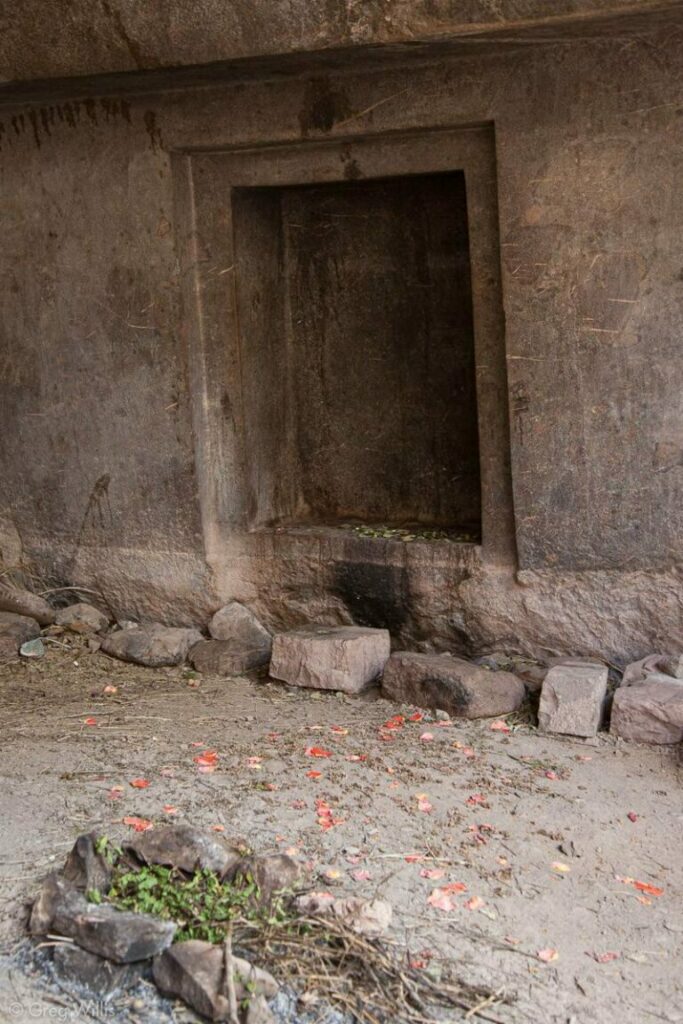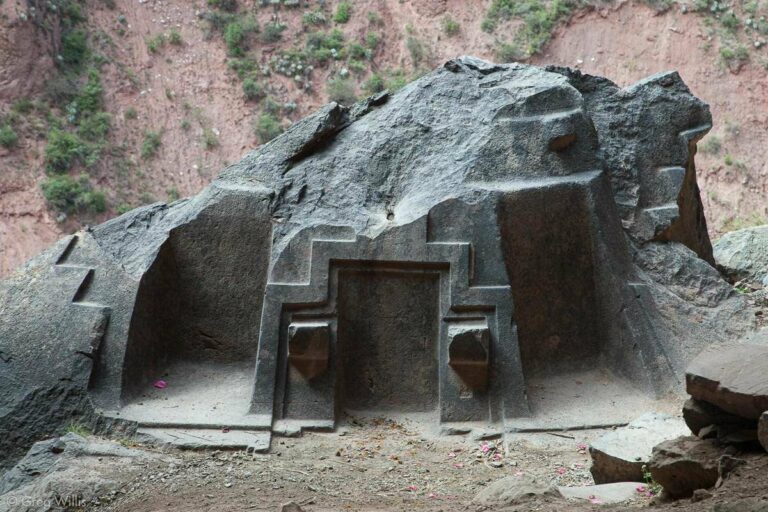Naupa Huaca Portal: Is This The Evidence That All Ancient Civilizations Were Secretly Connected?
The ancient Naupa Huaca structure, in addition to showing tangible signs of advanced technology, also offers a strange connection with other civilizations worldwide. Was this place a portal that would have linked ancient cultures around the world?

The mystery of Naupa Huaca ruins
In Naupa Huaca, which is located just a few kilometers from Ollantaytambo, in Peru, there are enigmatic ancient mysteries that experts can still not explain.
There are claims that even before reaching the entrance to this place, a mystic golden era can be sensed as if something extraordinary had happened in this place in the distant past and is still happening.

After arriving at the site, it does not take long to realize the incredible level of skill of the builders who throw the questions to all the knowledge of humanity about ancient civilizations, mainly about their technologies.
Like most Inca constructions, the Naupa Huaca cave is also located at a high altitude, being almost 3,000 meters above sea level. But what is so impressive about this cave is the mysterious structure that has attracted the attention of researchers ― a sacred door to heaven. It has some unusual features that are incredible and strange at the same time. It is said that this is where the ancient portal of Inca culture is supposedly located.
Naupa Huaca cave and the mysterious portals
The extraordinary claims and stories about Naupa Huaca arose mainly because of the enigmatic architecture of the place. Even though it is considered an Inca construction (it’s highly debated), Naupa Huaca has details that hardly resemble other structures found throughout the country.

The cave entrance is designed in an inverted V shape, which extends throughout the area. He believed that this format was not chosen by chance. The walls on the ceiling show micro-cut details, smoothed with laser precision to create two different angles on the ceiling; these angles are 52 and 60 degrees.
After further study, archaeologists have noted that there is only one place in the world where these two angles appear side by side. They appear on the angular slope of the two most giant pyramids in Giza, Egypt. This shows the connection between ancient works built by people in the past, even though Peru and Egypt are more than 12,000 kilometers apart.
But the angle formed by the ceiling is not the biggest mystery of the place. The mysterious portal is below, a small building lodged in the sidewall of the cave. The researchers called the structure a false door because it ― at least physically ― does not lead anywhere.
Because of its structure, it is easy to notice that this portal seems to have been manipulated with advanced knowledge since it has practically perfect lines, sharp corners, and smooth surfaces.
The three-step design defines the Andean view of the Universe: the creative underworld, the physical middle-world, and the ethereal otherworld. The concept is idealized in the chakra, commonly known as the Andean Cross — the Incas’ most complete, holy, geometric design.

Chakana means to bridge or cross, describing how the three levels of existence are connected by a hollow reed — a culturally shared concept in ancient Persia, Egypt, the southwestern United States, and the Celtic world.
In addition to this ancient door, there’s a basaltic altar next to it, composed of three perfectly sculpted windows. These characteristics are not seen only in this place. Several ancient buildings worldwide made a point of lifting large buildings that stood out three passages that would give access to its interior. This shows how the number 3 fascinated our ancient ancestors. But why?
The mysteries do not end here. There is another anomaly to be examined in this construction. Its creators chose the exact point on the mountain with the highest concentration of bluestone, an outcrop of limestone rock well known for its magnetic power.
This same stone was used to build Stonehenge, one of the most significant landmarks in the ancient history of planet Earth. Many undecipherable mysteries surround structures like Naupa Huaca to this day.
Then who did create the Naupa Huaca structures?
As to the identity of the architect, indeed, the Inca can be dismissed. Inca stonework pales by comparison in both scale and quality. They merely inherited and maintained a culture that was already long vanished by their time in the 14th century; even the ancient Aymara claimed such temples were made long before the Inca.

The style of stonework at Naupa Huaca is consistent with that found in Cuzco, Ollantaytambo, and Puma Punku, and what these sites have in common is the myth of a traveling builder god named Viracocha who, together with seven Shining Ones, appeared at Tiwanaku after a catastrophic world flood, since dated to 9703 BC, to help rebuild humanity.
Interestingly, the same group appears at the same time in Egypt as the Aku Shemsu Hor — the Followers of Horus ― who are believed to be behind the making of the Egyptian pyramids.
Did the Naupa Huaca structure-function as an ancient portal that connected to other parts of the globe? Is that why you can see so many similarities almost identical in several ancient civilizations?



